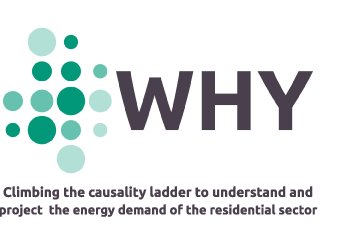Planning a Municipal Plus Energy District with the WHY Toolkit in Maintal, Germany

Energy supply in municipalities can be organized in decentralized, intelligent micro grids. Micro grids can be entire small municipalities, such as Wildpoldsried in Germany, one of the first settlements that went completely off-grid, now producing 500 % more energy than it requires for operation. Micro grids can also be neighborhoods or districts of municipalities, such as the now planned new district in Maintal. In Maintal, the municipality’s Urban Development and Urban Planning division is working on new built environments to cater the needs of the growing population.
For the new district, an Energy Concept is under construction that includes an economic feasibility analysis, providing the basis for deciding whether an Plus-Energy-District can be realized. There are several challenges to answer when planning a micro grid especially in an Plus-Energy-District, since energy providers face fluctuating supply and demand of electricity in these environments. In the case of a Plus-Energy-District, this fluctuation is partly caused by electricity produced by a large number of different renewable energy sources and can affect network stability. Network stability is high on the agenda today, especially as the transition to renewable energy sources reveals new kind of challenges to meet, such as balancing demand and anticipate future demand growth, which is made more difficult by offsetting that demand, especially when a lot of it is hidden behind customer meters, as is the case with rooftop solar.
These challenges can be partially met with the help of the WHY Toolkit.




